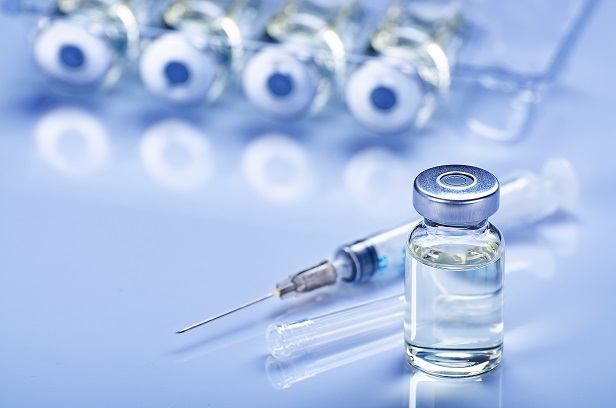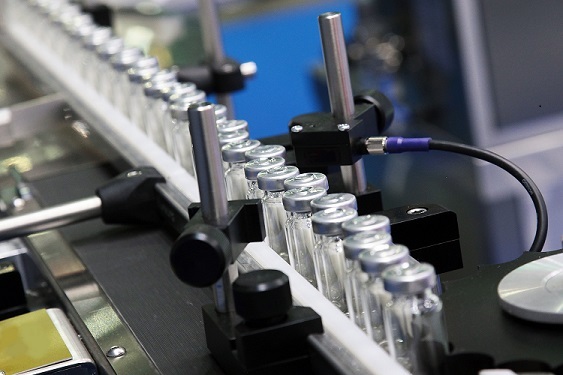
 Data Structure
Data Structure Networking
Networking RDBMS
RDBMS Operating System
Operating System Java
Java MS Excel
MS Excel iOS
iOS HTML
HTML CSS
CSS Android
Android Python
Python C Programming
C Programming C++
C++ C#
C# MongoDB
MongoDB MySQL
MySQL Javascript
Javascript PHP
PHP
- Selected Reading
- UPSC IAS Exams Notes
- Developer's Best Practices
- Questions and Answers
- Effective Resume Writing
- HR Interview Questions
- Computer Glossary
- Who is Who
Bacterial Antibiotics: An Overview
Certainly, you must have used an antibiotic medication at least once during your life. One of the most widely used and significant classes of medications.Antibiotics are used to treat everything from severe ear infections or strep throat in children to burning UTIs or itching skin infections in adults. Some antibiotics are naturally produced by bacteria.
Introduction
In 1941, Selman Waksman coined the term "antibiotic" to refer to any little chemical produced by a bacterium that inhibits the growth of other microorganisms. The discovery of penicillin, which is made by a fungus, along with streptomycin, chloramphenicol, and tetracycline, which are made by soil bacteria, indicated the beginning of the antibiotic era between 1945 and 1955.

Definition of Antibiotics
Chemicals substances that inhibit the growth of other microbes are called antibiotics are used to treat bacterial illnesses because they can either kill or stop the growth of microbes. They are produced by fungi and soil bacteria in the natural world. As the antibiotic eliminates its competitors, the bacterium gains an advantage when competing for scarce resources like food, water, and other resources in a given habitat.
How Do Antibiotics Work?
The structural differences between the cells of the host and the bacteria are well utilized by antibiotics to work against the proliferation of bacteria.
The host's defense system will be able to fight off the infection or kill the bacteria, by blocking the process that builds their cell walls. They can stop the bacterial cells from growing so that the bacterial population stays the same.
An antibiotic can also be categorized based on the variety of infections it is effective against. Penicillin G is a limited-spectrum antibiotic that exclusively kills specific bacterial species. Tetracycline is a broad-spectrum antibiotic that is effective against a variety of pathogens.
Antibiotics - Secondary Metabolites
Antibiotics are secondary metabolites that are industrially produced for commercial purposes, the following points refer to the method and process of industrial production of antibiotics.
- Industrial production of antibiotics involves a fermentation method in which the source microbe is cultured in sizable tanks (100,000 to 150,000 litres or more) with a liquid growth medium.
- The right levels of oxygen, temperature, pH, and nutrients must be present for the whole fermentation process, and it is continuously monitored if required, necessary changes are done.
- Since antibiotics are secondary metabolites, it is crucial to carefully manage the population size to ensure that the highest output is produced before the cells are destroyed.
- The antibiotic must then be extracted and purified into a crystalline product after the procedure is finished.
- If the antibiotic is soluble in an organic solvent, this is easier to accomplish. If not, it must first be eliminated using chemical precipitation, adsorption, or ion exchange.
- Microorganisms used in fermentation are rarely identical to their wild counterparts. This is because species are frequently genetically altered to produce the greatest possible quantity of antibiotics.
- Mutation is frequently employed and promoted by the use of mutagens like x-rays, UV light, or certain chemicals. Yields can be increased by 20 times or more by selection and continued reproduction of strains with higher yields over many generations.
- Gene amplification, which involves inserting duplicates of genes coding for enzymes involved in the manufacture of antibiotics back into a cell using a vector like a plasmid, is another method for increasing output.
- A screening procedure is commonly used to find effective antibiotics. In order to conduct screening, the isolation of numerous different bacteria is cultivated, and their ability to inhibit the growth of test organisms is then examined.
- The majority of antibiotics found in such screening must be ignored because they are already well-known. The remaining substances must be studied and may be modified for their potential therapeutic effects and selective toxicities.

Following Are Some Key Points About Commercially Produced Antibiotics
- One of the first antibiotics to be produced commercially was gramicidin. It is a heterogeneous blend of six antibiotic substances, all of which were derived from the Bacillus brevis type of soil bacterium.
- The greatest producer of antibiotics, Streptomyces also produces a wide range of other bioactive substances, including immunosuppressants, in addition to antibacterial, antifungal, and antiparasitic medications. Almost two-thirds of the naturally occurring antibiotics that are clinically helpful are produced by them.
- Many antibacterial pharmaceuticals are derived from members of the Streptomyces genus; the most significant ones being Tetracycline, Chloramphenicol, Lincomycin, and Neomycin (from S. fradiae, S. lincolnensis, and S. venezuelae, respectively) (from S. rimosus and S. aureofaciens).
- Certain Pseudomonas species may create substances that are harmful to other soil microorganisms, such as antibiotics of the phenazine class or hydrogen cyanide.
Conclusion
Despite the large number of different antibiotics that are identified, less than 1% of antimicrobial substances are useful for medicine or industry. Penicillin, for example, has a high therapeutic index since it often does not damage human cells; this is not true with many antibiotics. Some antibiotics simply have no advantages over those that are in use or don't have any practical benefits.

